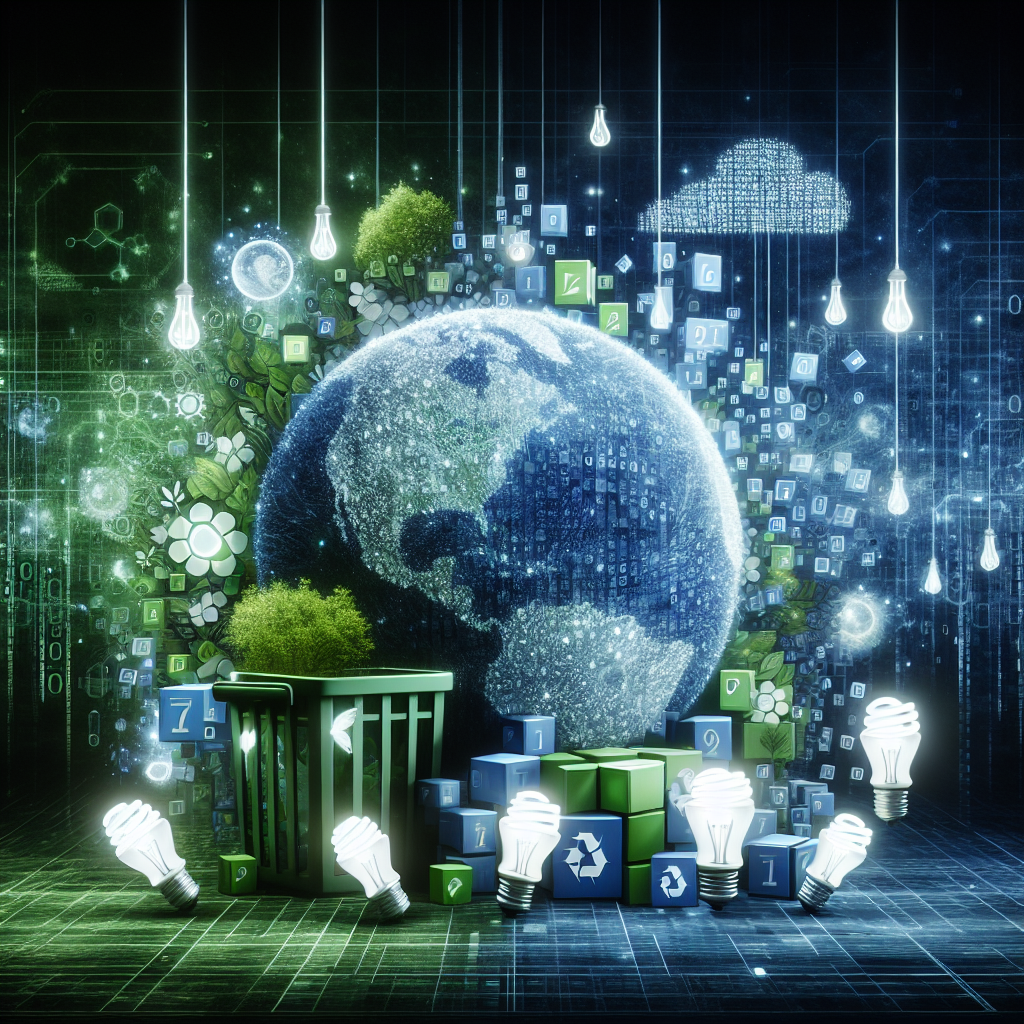Digital art has become a prominent aspect of contemporary culture, offering artists new avenues for creativity and expression. However, as the digital world continues to expand, so does its environmental footprint. The energy consumption of digital devices and data centers, alongside the carbon emissions associated with digital processes, poses significant challenges. This has led to a growing conversation about sustainability in digital art, focusing on adopting eco-friendly practices that reduce environmental impact while still fostering artistic innovation.
Exploring Eco-Friendly Practices in Digital Art
One of the primary ways digital artists can contribute to sustainability is by optimizing their workflow to minimize energy consumption. This can be achieved through the use of energy-efficient devices and software, which are designed to consume less power without compromising performance. Artists can also adjust their working habits, such as reducing screen brightness, using power-saving modes, and turning off devices when not in use. Additionally, the choice of hardware plays a crucial role; opting for devices with a longer lifespan and better energy ratings can significantly reduce e-waste. Furthermore, artists can explore cloud-based tools that rely on energy-efficient data centers, thus reducing the carbon footprint associated with local computing power.
As the digital art community becomes more aware of the environmental implications of their craft, a collective effort towards sustainability is emerging. By adopting eco-friendly practices, artists can play a vital role in reducing the environmental impact of digital art. This not only ensures the preservation of natural resources but also encourages a culture of responsibility and innovation within the art world. As technology continues to evolve, so too will the strategies for integrating sustainability into digital art, paving the way for a more environmentally conscious future.










